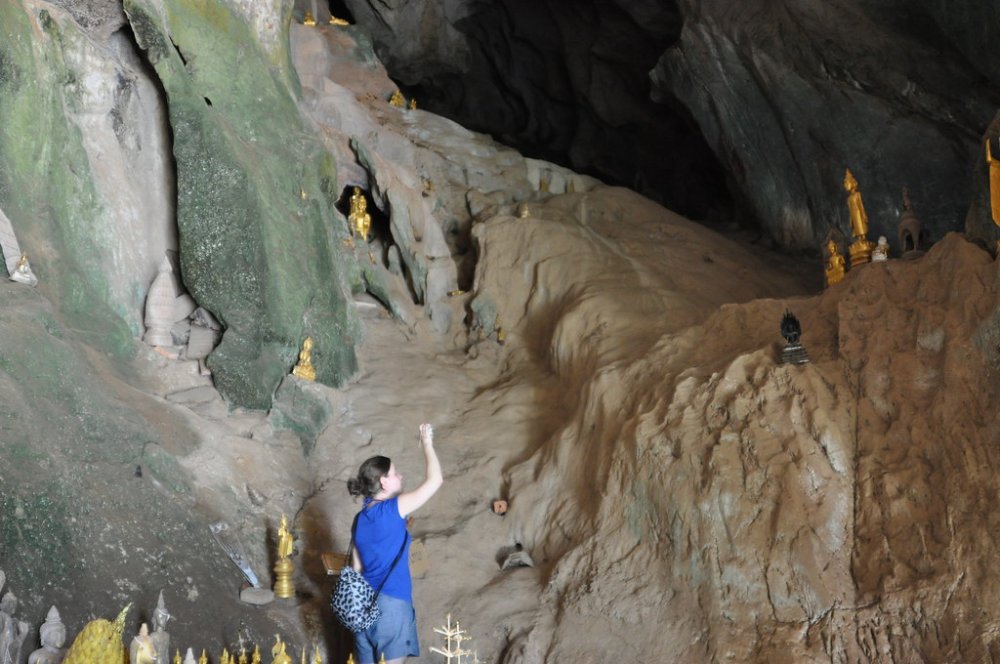Caving is an exciting adventure that takes you deep into the earth, uncovering the mysteries of underground worlds. But as thrilling as it is, caving comes with its own set of rules, known as caving etiquette, to ensure that everyone stays safe and that the caves remain pristine for future explorers.
Many people jump into caving without realizing how important these rules are, which can cause mishaps or harm to the delicate cave ecosystem. Imagine the shame you would feel if you unintentionally destroyed a formation that took thousands of years to form because you were unaware of appropriate behavior!
However, be at ease! You can easily learn and abide by cave etiquette with a little help. Everything you need to enjoy caving safely, responsibly, and with respect for the surrounding natural wonders will be covered in this article.
Why Caving Etiquette Matters
Respecting the Environment
Cave environments are fragile. It takes thousands or even millions of years for the formations, such as stalactites and stalagmites, to form. One thoughtless touch could permanently harm them. This is the reason that “look but don’t touch” is so important in cave etiquette. Respecting these formations helps to preserve the beauty of the cave for future generations in addition to safeguarding it.
Ensuring Safety for Everyone
In cave diving, safety is crucial. It’s important to protect not only yourself but also the people you’re with from harm. Some guidelines for caving etiquette are to stay together as a group, inspect equipment before entering the cave, and avoid taking unwarranted risks. By following these procedures, you can make sure that everyone enters the cave, enjoys its wonders, and exits safely.
Keeping Caves Accessible
Numerous caves are in protected areas, and some are on private property. Maintaining positive relationships with landowners and authorities is facilitated by following proper cave etiquette. This implies that there will be no limitations or legal issues for future cavers as they continue to explore these incredible locations.
The Essentials of Caving Etiquette
Stick to Marked Trails
There is a purpose for marked trails. They minimize their environmental impact while guiding you through the cave in a safe manner. You run the risk of losing yourself or breaking delicate formations when you deviate from the path. Even if you are tempted to venture off the beaten path, you should always stay on the designated trail.
Leave No Trace
The “Leave No Trace” philosophy is essential when caving, just as it is when hiking. This entails packing up everything you own, keeping wildlife at bay, and not leaving any traces on the cave walls. The idea is to exit the cave in the same condition that you found it, if not better.
Move Carefully and Quietly
Caves are frequently quiet spaces with great sound transmission. Noisy sounds have the potential to disturb the cave’s inhabitants, such as bats. Additionally, moving cautiously lowers the possibility of mishaps. When walking, take care not to step on the walls unless necessary. If you must speak with your group, consider speaking quietly or using hand signals.
Step-by-Step Guide to Safe Caving
1. Plan Your Trip
Make sure you have everything planned out before you enter a cave. Understand the layout of the cave, the expected weather, and the necessary skills. Ensure that your group has all the necessary gear, including headlamps, helmets, and appropriate clothing.
2. Respect Group Dynamics
Caving is a cooperative sport. Remain united and watch out for one another at all times. To ensure that no one gets left behind, the strongest or most seasoned caver should lead and be followed by another strong caver. Check-in with your group frequently, particularly in challenging areas.
3. Practice Good Communication
In a cave, communication is key. Use simple, clear signals that everyone understands. If someone is tired, needs help, or spots something important, make sure they can easily let the group know. This keeps everyone on the same page and prevents accidents.
4. Monitor Your Energy and Supplies
Physically, caving can be taxing. Take breaks when necessary and pace yourself. Watch out for your food and water supplies, as well as your headlamp batteries. It can be risky to run out of supplies or energy in a deep cave.
5. Exit the Cave Safely
Make sure everyone leaves the cave together when it’s time to. Make sure you haven’t forgotten any equipment. Doing a last sweep of the area is a good idea as well, just to make sure you’re leaving the cave in the best possible shape.

People Also Ask
What are the five golden rules of cave diving?
Cave diving, a more advanced form of caving, has its own set of golden rules:
- Always have a continuous guideline to the surface.
- Use the rule of thirds for your air supply (one-third to explore, one-third to return, and one-third as a reserve).
- Never dive alone; always have a buddy.
- Stay within your training limits.
- Keep communication simple and clear with your dive partner.
What is the first rule of cave diving?
Keeping a constant guideline to the surface is the first rule of cave diving. This guarantees that even in dimly lit or confusing circumstances, you will be able to locate your way out of the cave. This rule is non-negotiable because it can be very dangerous to get lost in a cave.
Conclusion
Caving etiquette is not just about following rules; it’s about showing respect—for the caves, for the people with you, and future explorers. By sticking to the guidelines, you can enjoy the beauty of these underground wonders while ensuring they remain untouched for generations to come. Whether you’re a beginner or a seasoned caver, practicing good caving etiquette will make your adventures safer, more enjoyable, and more responsible.
